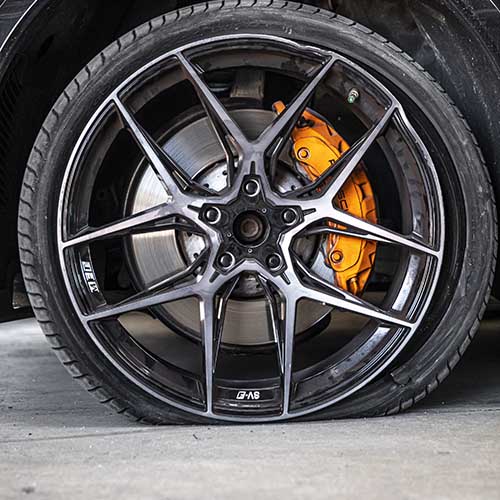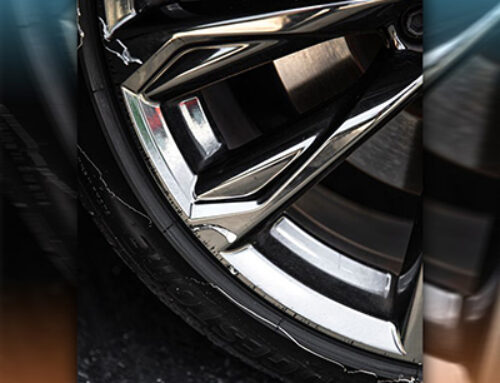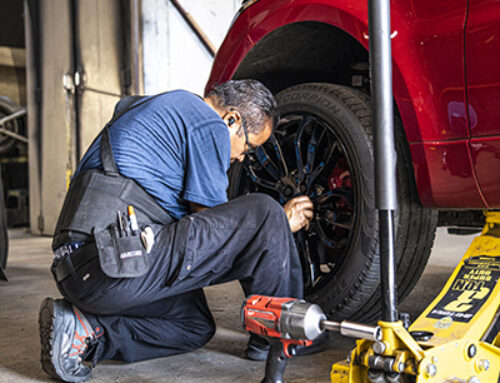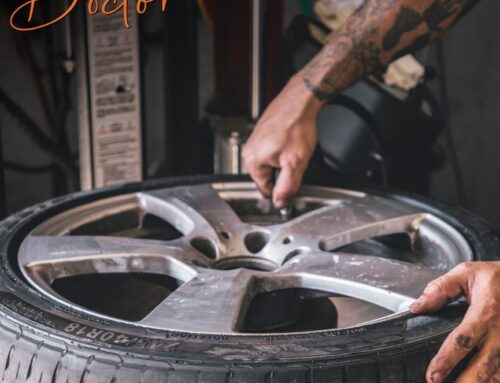Driving on a flat tire damage
Driving on a flat tire damage is a situation no driver wants to experience. However, understanding the consequences of such an event is crucial for your safety and the well-being of your vehicle. Here’s a deep dive into what happens when you drive on a flat tire and how to handle the situation effectively.
The Risks of Driving on a Flat Tire:
Driving on a flat tire poses several risks, including irreversible damage to the tire itself and compromised safety on the road.
Here are some potential consequences:
- Tire Damage: A flat tire experiences significant stress on its structure, leading to structural damage, sidewall damage, and an increased risk of punctures.
- Loss of Control and Handling Issues: Driving on a flat tire affects the vehicle’s stability, maneuverability, and steering responsiveness, making it challenging to control the vehicle effectively.
- Increased Risk of Accidents: Reduced traction, stability issues, and compromised handling significantly raise the likelihood of accidents, endangering the driver and other road users.
Handling a Potential Flat Tire Situation:
Knowing how to handle a potential flat tire situation is essential for your safety.
Here are some steps to follow:
- Reduce Speed and Maintain Control: Gradually reduce speed while maintaining control of the vehicle to safely maneuver to the side of the road.
- Safely Pull Over: Find a safe location away from traffic to inspect the tire for visible signs of damage or deflation.
- Inspect the Tire: Visually inspect the tire for damage, such as punctures, cuts, bulges, or noticeable deflation, but exercise caution when approaching the tire.
Preventive Measures and Precautions:
Preventing flat tires starts with regular tire maintenance and preparation.
Here are some preventive measures and precautions to consider:
- Proper Tire Inflation: Regularly check tire pressure and maintain proper inflation levels to prevent underinflation or overinflation.
- Routine Tire Checks: Inspect tires regularly for signs of damage, wear, and proper tread depth to address issues promptly.
- Tire Pressure Monitoring Systems (TPMS): Utilize TPMS to monitor tire pressure in real-time and respond to alerts promptly.
Carrying a Spare Tire and Necessary Tools:
Being prepared with a spare tire and necessary tools can help you handle flat tire emergencies effectively.
Here’s why it’s important:
- Continued Mobility: A properly inflated spare tire allows you to continue your journey without delays.
- Emergency Preparedness: Carrying a spare tire and tools ensures you’re ready to handle flat tire situations whenever they occur.
Driving on a flat tire is a risky endeavor that can lead to severe consequences. Prioritizing tire maintenance, knowing how to handle flat tire situations, and being prepared with spare tires and tools are essential for your safety and peace of mind on the road. Don’t compromise on tire care—prioritize your safety by taking proactive measures and promptly addressing any tire issues you encounter. With proper care and attention, you can enjoy the benefits of safe and reliable driving on the road.
When it comes to wheel repairs and maintenance, trust Wheels Doctor. Whether it’s structural damage or routine servicing, we have the expertise to keep your wheels rolling smoothly and safely.






